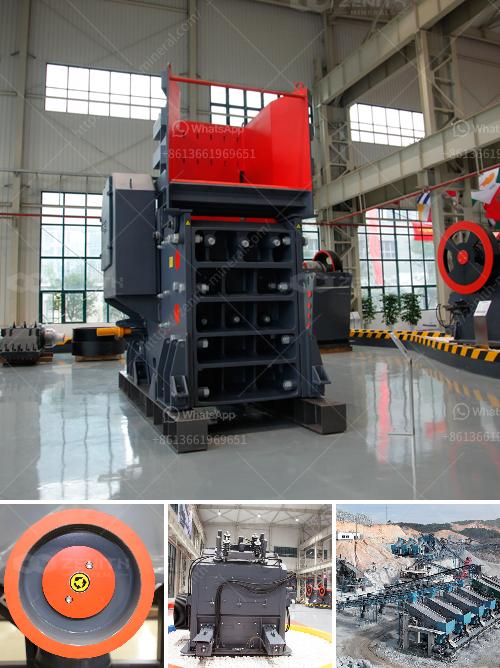In the paint industry, finely ground quartz is frequently used as a filler and extender. Specifically, the type of quartz that is commonly utilized is high-purity silica quartz with a consistent granule size. Here are the types and processes involved:
-
Types of Quartz for Paint Industry:
- High-Purity Silica Quartz: To ensure minimal impurities that might affect the paint’s quality.
- Micronized Quartz Powder: Extremely fine particles for a smooth consistency.
- Quartz Sand: Occasionally, coarser quartz granules can be used depending on the type of paint.
-
Properties Needed:
- High Purity: Should have a high silicon dioxide (SiO2) content (usually above 99%).
- Fine Granulometry: Particle size distributions should be controlled for consistent texture and performance.
- Chemical Inertness: Should be chemically stable to avoid reactions with other components in the paint.
-
Where and How to Source It:
- Mining Companies: Many companies globally specialize in mining high-purity quartz.
- Quartz Processing Plants: After mining, the quartz is sent to processing plants where it is crushed, purified, and ground into the desired granule size.
- Distributors: Various chemical or raw material supply companies distribute processed quartz. Ordering from reputable suppliers ensures quality and consistency.
- Testing Labs: Ensure the quartz meets the required specifications through laboratory testing of purity, particle size, and other relevant properties.
-
Steps to Obtain:
- Identify Needs: Determine the specific type of quartz and granule size based on the paint formulation.
- Research Suppliers: Look for reliable suppliers that offer high-purity quartz.
- Sample Testing: Obtain and test samples from potential suppliers to confirm they meet your specifications.
- Purchase and Logistics: Once a suitable supplier is identified, negotiate terms, place your order, and manage logistics to ensure timely delivery.
By ensuring that the right type of quartz is used, paint manufacturers can achieve optimal performance in terms of durability, texture, and coverage.


